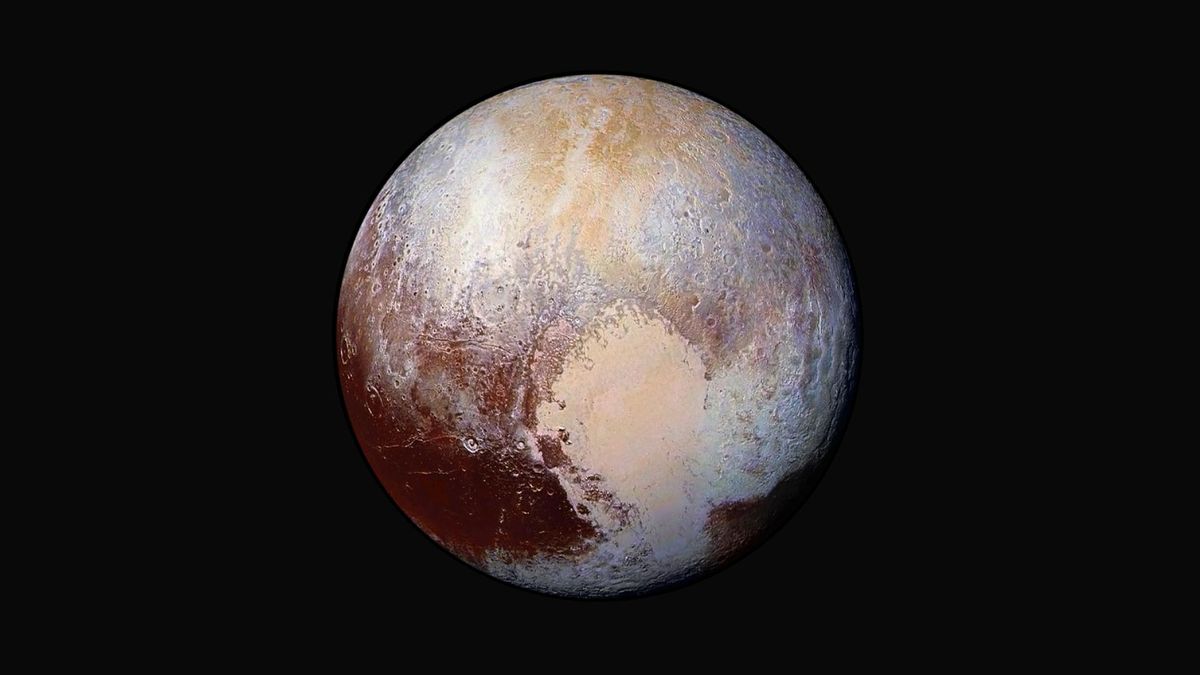NASA’s New Horizons spacecraft will be able to continue exploring its alien environment for at least five more years.
The agency announced Friday (September 29) that it will keep New Horizons’ lights on as it zooms through the Kuiper Belt, the extended ring of icy bodies beyond the orbit of Neptune.
“The New Horizons mission is uniquely positioned in our solar system to answer important questions about our heliosphere and provide exceptional opportunities for interdisciplinary science for NASA and the scientific community,” said Nicola Fox, associate administrator for NASA’s Science Mission Directorate in Washington. a Statement on Friday . (The heliosphere is a large bubble of magnetic fields and charged particles that the Sun blows around itself. Beyond it lies interstellar space.)
“The agency has decided that it is best to extend New Horizons operations until the spacecraft exits the Kuiper Belt, which is expected in 2028 through 2029,” Fox added.
Related: NASA may turn the New Horizons Pluto probe into a sun-study mission
New Horizons was launched in January 2006 on a mission to provide the first ever close-up look at Pluto, the Kuiper Belt’s most famous resident. The spacecraft arrived, zooming past the dwarf planet in July 2015 and revealing a world of astonishing diversity and beauty.
The probe continued sailing, on an extended mission focused on a flyby of another Kuiper Belt Object (KBO), the 21-mile-wide (34-kilometer) Arrokoth Object. This meetup also went smoothly, returning great images and interesting science. For example, New Horizons observations suggest that Arrokoth formed by a very gentle merger of two smaller objects, mission team members said.
But the future of the mission became uncertain this year. NASA has extended New Horizons’ mission until 2024, but has proposed a major shift after that: moving to the heliophysics division of planetary science. New Horizons’ principal investigator, Alan Stern He objected to this idea Arguing that the best scientific return would come from staying the course, allowing the probe to continue studying the little-explored Kuiper Belt.
An artist’s impression of NASA’s New Horizons spacecraft. (Image credit: NASA/JHUAPL/SwRI)
The newly announced mission extension appears to represent a compromise of sorts. It will be funded primarily by Planetary Science but managed jointly by this department and Heliophysics.
Starting in 2025, New Horizons will focus on collecting heliophysics data, but team members can still hold out hope for another Kuiper Belt encounter.
“Although the scientific community is not currently aware of any potentially accessible object in the Kuiper Belt, this new path allows for the possibility of using the spacecraft for a close flyby of such an object in the future, should it be identified,” NASA officials said in the same statement. . “It will also enable the spacecraft to conserve fuel and reduce operational complexity while the search for a compelling flight candidate is conducted.”
Stern seems happy to secure at least five more years of New Horizons operations. “I’d like to thank everyone who supported us in convincing NASA to continue exploring the Kuiper Belt with its @NASANewHorizons spacecraft – you did it!” he wrote via X (formerly known as Twitter) on Sunday (October 1).
NASA spent $9.5 million on New Horizons in fiscal year 2022, According to Space News . The agency is still working out how to pay for the mission over the next five years or so.
“As a starting point, funding within the New Frontiers program (including scientific research and data analysis) will be rebalanced to accommodate expanded New Horizons operations, and future projects may be affected,” NASA officials wrote in the same statement. (New Frontiers is NASA’s medium-cost mission program; New Horizons was the first New Frontiers project to launch.)
It is possible to obtain additional extensions, if the resources and will are available. Members of the mission team said New Horizons has enough nuclear fuel to continue flying until at least 2040.







More Stories
Scientists confirm that monkeys do not have time to write Shakespeare: ScienceAlert
SpaceX launches 23 Starlink satellites from Florida (video and photos)
A new 3D map reveals strange, glowing filaments surrounding the supernova